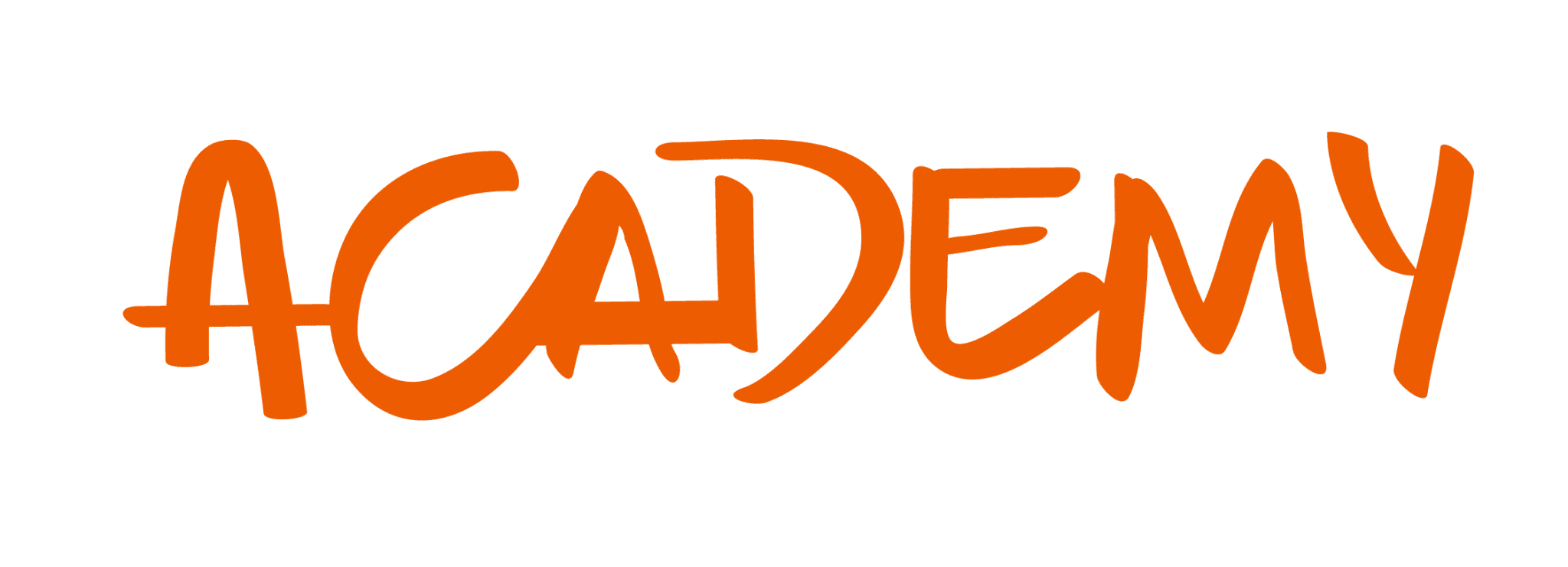Managing a budget is a delicate task that requires accuracy, foresight, and adaptability. In the world of creative agencies, the fluid nature of creativity can easily clash with the rigidity of a budget. This is where visibility plays a crucial role.
Project management is both an art and a science. At the heart of this balance is budget management. For creative agencies, keeping budgets under control is crucial for being profitable and achieving positive outcomes in both the short term and long term.
Between Planned and Actual: Understanding Deviations in the Industry
93% of agencies report deviations from their initial budgets. This figure is more than just a simple statistic; it’s a wake-up call about the need for greater visibility.
The root of problems in the industry is directly related to time deviations. These deviations can make a project unprofitable or lead to a resource being oversold. If an agency seeks to improve the management of its resources, it needs to know the capacity of its team.
A deviation refers to the difference that arises between the budgeted amount and the amount that ultimately results when planning a project for a client, such as a campaign. This deviation can occur in any line of revenue and expenses.
Visibility is not just a buzzword. It’s the ability to clearly see every aspect of a project in real time. From resource allocation to time tracking and progress, visibility allows agencies to keep projects on the right track and make decisions based on real data.
The cause of the major challenges facing agencies is the time deviation between what is sold and what is executed. Consuming more time than estimated makes profitable orders stop being so, and teams that would be available to take on new projects end up overloaded with work with new requirements for the same type of deliverable. Additionally, today employee turnover in the industry is at its peak, which is due, in quantitative terms, mainly to employee salaries and their workload.
“Nowadays, fees do not represent the total value of the work”
The term “deviation” has been a persistent headache for agencies. At first glance, it may seem like a small mismatch between what was planned and what was achieved. But, in reality, these deviations have deeper ramifications that can affect an agency’s profitability and reputation.
In the creative industry, time is essential. Every hour counts, and each hour not accounted for correctly can lead to financial losses and missed opportunities. Deviations arise when there is a lack of alignment between client expectations and the agency’s actual capacity.
This imbalance can be attributed to:
- Lack of clear communication with the client.
- Lack of a robust project management tool.
- Not understanding the real capacity of the team.
- Lack of visibility on the actual progression of the project.
To overcome these challenges, it is essential to adopt tools and practices that provide transparency and real-time data. Furthermore, agencies should strive to establish clear communication with their clients, clearly defining the scope, expectations, and potential challenges.
Transparency of Assigned Resources for Each Project and Budget Estimation
It is crucial that agencies do not view visibility merely as a way to control costs. Instead, it should be seen as a way to improve project delivery, strengthen client relationships, and ultimately drive profitability.
In the absence of visibility, challenges arise. Unplanned change requests from clients, inaccurate estimates, and tight deadlines can quickly derail a project. Each deviation can impact the final outcome and, more importantly, profitability.
Having a real-time view of project progress is also essential for communication with the client. By keeping the client informed and aligned with the process, expectations can be managed and client satisfaction ensured.
How much will it cost to execute your project? What resources are needed to carry out your project?
In today’s digital age, the amount of data available is overwhelming. But having access to data is not enough; clarity is needed. Firstly, agencies must be able to break down and analyze this data to get a clear picture of where the necessary resources for each project are being spent and whether those expenses are generating the desired return on investment.
Agencies need to demonstrate to the client with concrete data what are the causes of time deviations and thus reach the stage of renegotiating fees. Thanks to the correct use of a project management tool, we can know:
- how long it takes an agency to complete them
- what fees they contemplate according to the areas
- how long it takes a designer to complete a project based on their seniority
- the comparison between teams when analyzing productivity
- Once this internal information is collected, the natural step to give access to a client is to show it. When an agency lacks internal information, it becomes very difficult to show its processes to an external client. The first major recommendation is to be clear about the time and human memories that the projects involve.
To achieve 100% transparency, we must communicate to the client that the quotes have monetary value in:
- Time invested
- Knowledge
- Creativity
Innovative solutions to visualize the operation of the agency
From a technological standpoint, modern project management tools are essential for achieving this visibility. These tools offer a real-time view of each project, allowing agencies to identify and address deviations before they become larger issues. This should be one of the strategic goals of every agency to seek to be more profitable and achieve a fair and effective budgeting process.
Without clear visibility, agencies may find themselves reacting to problems instead of anticipating them. Proactivity, fueled by a clear vision of the project and budget, allows for real-time adjustments, which maximizes efficiency and minimizes losses.












